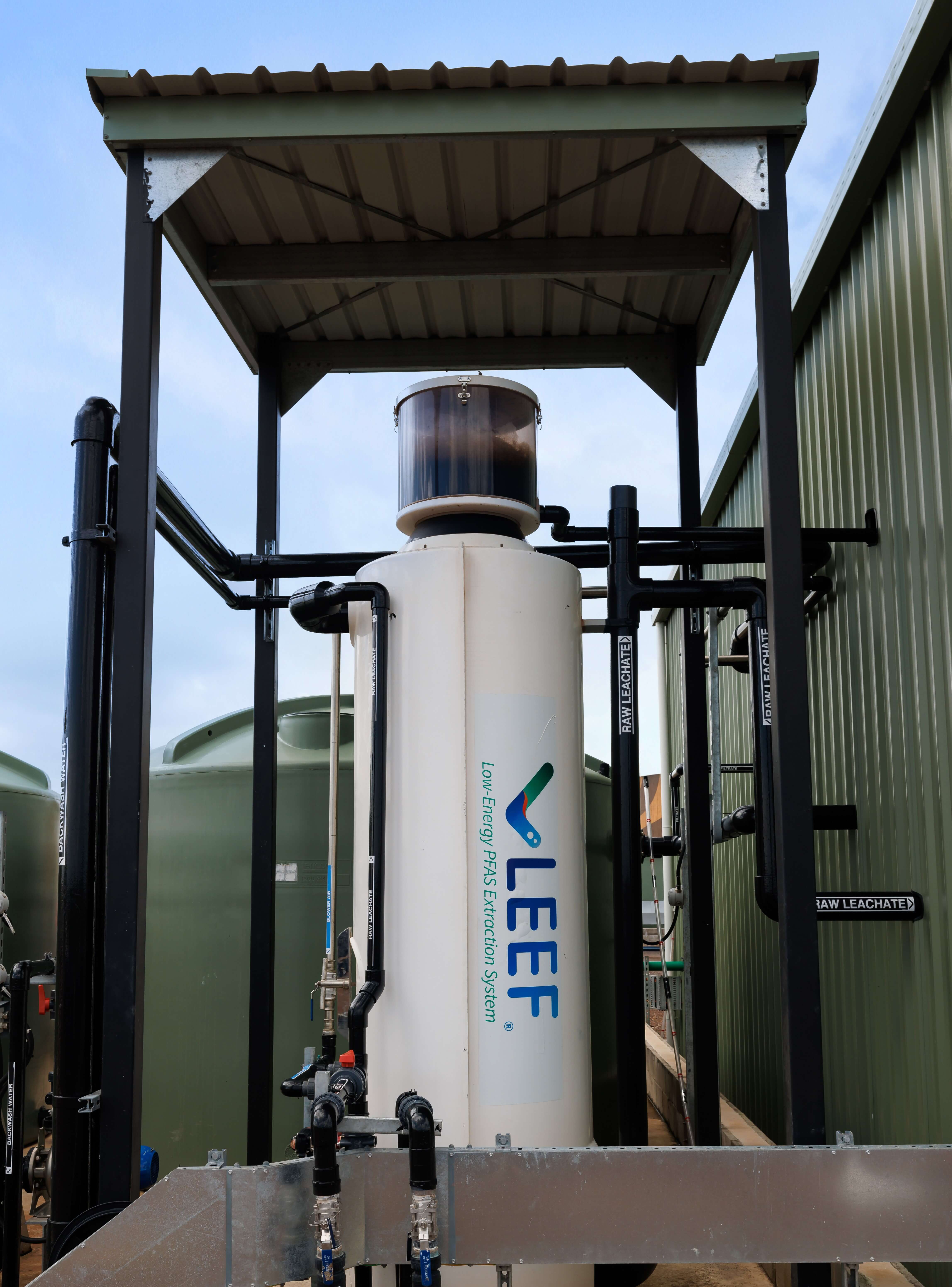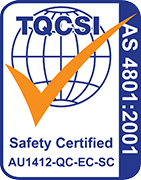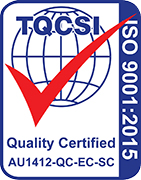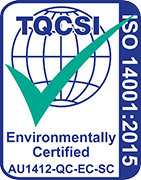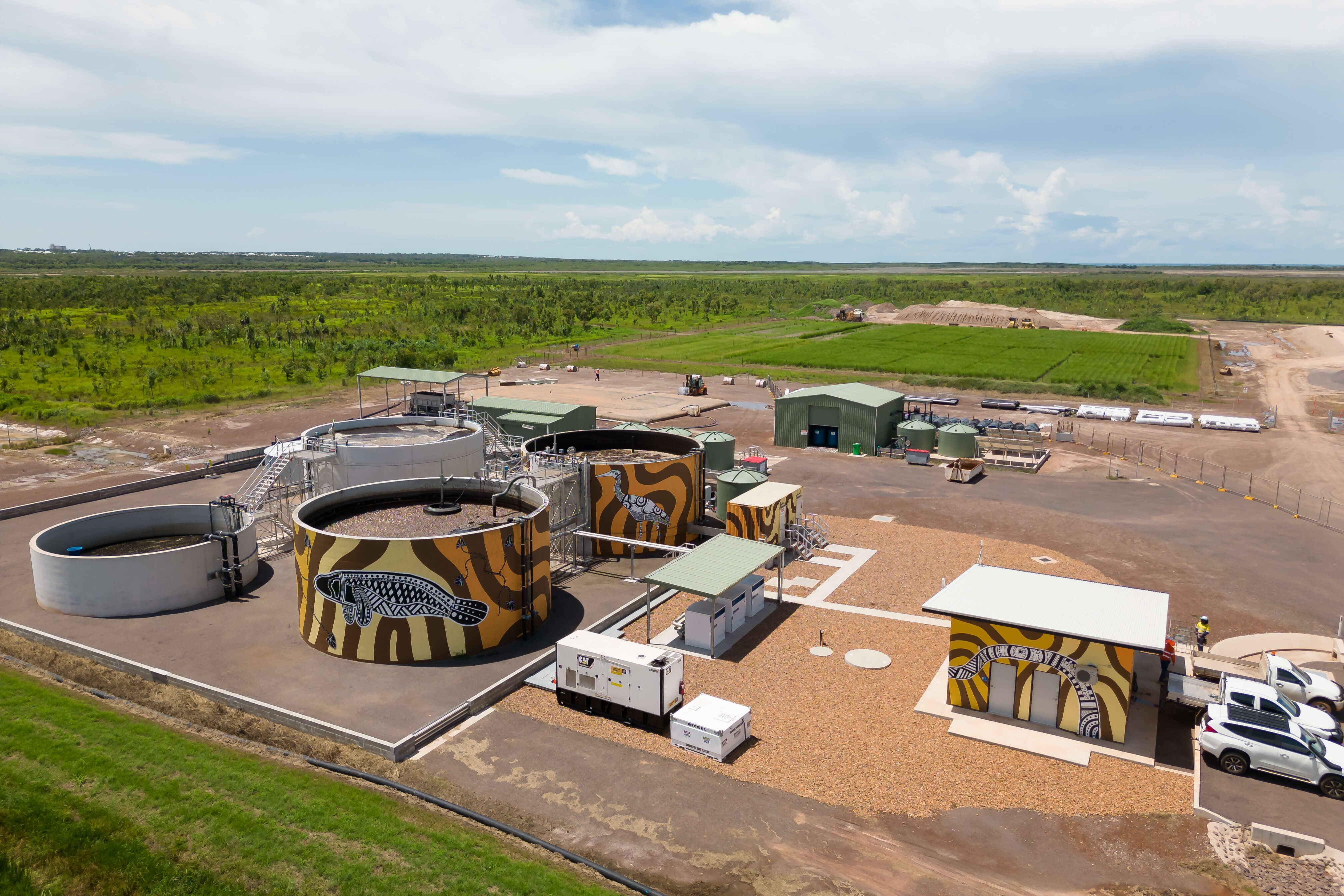
Leachate treatment using engineering and nature-based solutions
16 October, 2023
The City of Darwin is home to a world first leachate treatment that combines both engineering and nature-based solutions.
Twenty years ago, it might have been ok to divert leachate to a pond and hope that it evaporated away. Today, leachate management requires more thought, says David Leinster.
The Wastewater and Solutions Development Manager for The Water & Carbon Group, David, says leachate is an ongoing problem that needs a continuous, sustainable solution.
The Water & Carbon Group has commissioned a global first PFAS and leachate treatment plant for the City of Darwin at Shoal Bay that combines engineered and ecological solutions.
David says while the combination is not new, it’s underrepresented in the industry. In the case of Shoal Bay, the combination is suitable to convert the leachate into a usable water source.
The plant uses the Water & Carbon Group’s patented LEEF (Low Energy Evaporative Fractionation) System® to remove PFAS from the leachate. Treated effluent from the LEEF system is moved through various biological treatment stages, including a wetland. From there, the leachate is used to irrigate a capped landfill planted out with Vetiver grass that is salt tolerant and can uptake residual nitrogen and metals from the water.
“A lot of leachate treatment technology produces other waste streams that need to be disposed,” David says. “The Shoal Bay plant was designed to create as little waste as possible.
“While the water application is not a high flow, it adds value because it’s producing a Vetiver crop and the organic matter produced will have some value.”
As a by-product of waste and rainfall capture, leachate contains a mixture of contaminants. Anything that breaks down in a landfill cell contributes to a complex liquid stream that can include high levels of nutrients, heavy metals, PFAS and petroleum products.
It’s also continually generated, usually during the wetter months, but that can depend on how landfills are structured and can be impacted by legacy issues such as how well cells are lined and capped.
What to do with such a contaminated water source is a common dilemma facing landfill operators, particularly those who have restrictions on where leachate can be discharged.
Large landfills close to a sewer line may be able to carry out minimal treatment and discharge the leachate to the sewer, but off-site discharge is not always possible for smaller landfills.
Traditional treatment methods include pumping the leachate to ponds that are open to the atmosphere to encourage evaporation. David says leachate ponds work well in arid locations where the rate of evaporation outweighs the rate of rainfall.
However, in areas such as Darwin, with predictable but heavy rainfall, the pond system can’t keep up.
David says for the Darwin project, off-site discharge required a water quality that was virtually impossible to achieve, even with multiple stages of reverse osmosis and ion exchange.
The plant was designed with the LEEF System® at the start of the process, removing PFAS components into a concentrate that could then be sent for destruction or back to landfill after being bound with a binding compound.
The LEEF System® treats about 50 megalitres of leachate each year, removing PFAS contaminants using foam fractionation, with minimal energy and no consumables. Using the LEEF System® at the start of the process also prevents PFAS contamination of any biosolids produced in the biological treatment phase, so these biosolids can be available for soil improvement.
To bring the leachate up to irrigation quality, it’s further processed in the biological treatment plant that uses microbes for nutrient removal and a treatment wetland – designed to mimic natural wetlands and remove pollutants – for polishing, before the water is used for irrigation.
Since 2007, the Water & Carbon Group has been pushing the boundaries to create a healthier and more sustainable world through integrating nature with infrastructure.
The $13.3 million Darwin plant is believed to be the first global permanent facility treating PFAS in leachate, coupled with biological and ecological treatment and zero disposal.
The plant has been commissioned and fully operational for the past 12 months. David says in full production, it’s processing over 140,000 litres of leachate a day and the Shoal Bay Waste Management Facility is producing a minimal PFAS concentrated waste stream using low energy, minimal operational requirements, and no pre-treatment. Water quality results indicate that regulatory requirements are being exceeded.
He says the plant is a proof of concept for councils and landfill operators with an appetite to consider something a bit different.
“Leachate is not a problem that’s just been developed,” David says. “If you’re really looking to have an ecological and financially sustainable solution, while having control of costs and compliance, you need to look at alternative treatments.”
For more information contact our team.
This article was originally published in Waste Management Review, October 2023 edition.
